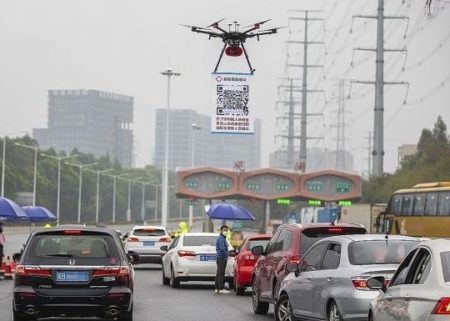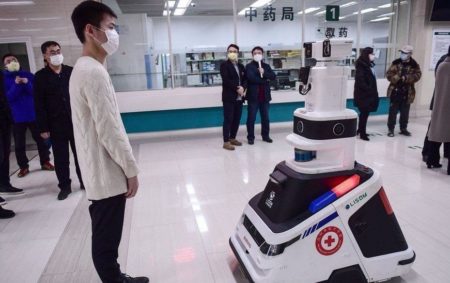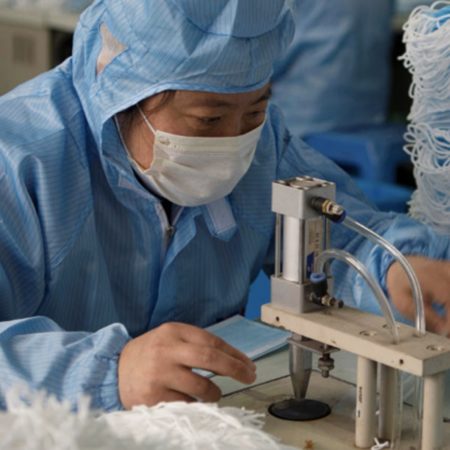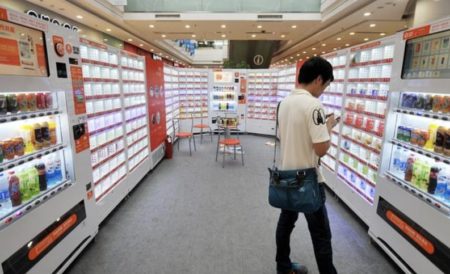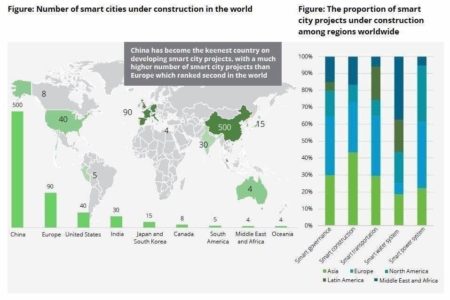March 17, 2020 – Peter Diamandis in his latest email blast states we are at a critical moment in responding to the global pandemic and that a speedy response is vital. He goes on to describe how China is using technology to fight the virus describing the effort as unprecedented. Is it an example to follow? I have taken the liberty to shorten Peter’s lengthy treatise in describing how China has and continues to respond to COVID-19. There are some truly innovative and doable strategies revealed here. As always your comments are welcomed.
China’s collective response to the outbreak has ranged from building two hospitals in under ten days to locking down an entire city, and to rapid national coordination of public action. Dr. Tedros Adhanom Ghebreyesus, head of the World Health Organization (WHO) ascribes China’s actions as impressive stating, “We would have seen many more cases outside China by now — and probably deaths — if it was not for the government’s efforts.”
China has adopted a technological approach to combat COVID-19 and its spread. They have done this with seven different technological tools and strategies. A description follows:
1. Filling the Skies With Drones
China is flying drones over parts of the country sharing information on loudspeakers, carrying signs like the one above sporting QR codes for non-contact registration, spraying disinfectant, delivering packages, and taking people’s temperatures. The temperature readers use infrared thermal imaging which is proving to be quite accurate in determining the health of the population. The drones mean there is no need for close contact between community health workers and residents which minimizes the risk of spreading the infection.
A number of Chinese companies are funding drone use to be used for disinfecting remote areas. In one town in Shandong Province, the villagers disinfected 480,000 square meters of their locality in less than one afternoon.
Beyond disinfection runs, drones are doing medical supply deliveries with one routinely flying to the center for disease control in Xinchang County, representing the nation’s first anti-epidemic medical urban-air transport. Other drones have been used in Wuhan to deliver medical supplies from logistics stations to local hospitals, avoiding vehicles and pedestrians in transit. The Zhejiang Xinchang People’s Hospital is just one example where drones are transporting samples for analysis.
2. Using Robots
Hospitals across Beijing, Zhejiang, Guangdong, Hubei, and Hunan Provinces are using robots as zero-contact distribution servers. Medical staff place items on robots which then deliver them to patients without any human contact. After each route completion, the robots return to nursing stations to be disinfected before going on another run. In some hospitals, robots provide contact-free delivery service to as many as 20 wards at a time. Meanwhile, robots and driverless vehicles are serving hospitals and communities by providing contact-free delivery of consumables from coffee to fresh vegetables.
3. Unleashing Biotech
A Chinese company has released a new line of medicinal noodles with immune-boosting ingredients. Carmakers and smartphone manufacturers are churning out face masks faster than the face mask manufacturers themselves. Government and the private sector are flooding biomedical services and medical technologies with investment.
Online medical consults have gone from non-existent to becoming the norm. According to Ali Health, even prior to the end of January, total visitors to online free clinics exceeded 2.8 million serving more than 1,000 doctors. Meanwhile, a number of online medical service platforms launched online diagnostic services for coronavirus symptoms in order to avoid false-positive visits to hospitals. Damo Academy, an Alibaba research institute, is testing coronavirus infection with AI analytics, reporting 96% accuracy simply by looking at a CT scan and completing the recognition process in 20 seconds.
4. Using Virtual Classrooms
The boom in virtual classrooms and online education in China has been unprecedented. More than 20 provinces in China have joined a home-schooling program involving 10,000-plus primary and secondary schools with five million students live streaming their classes. Early in February the Chinese Ministry of Education provided instructions for the deployment of online teaching to resume classes from the safety of students’ homes, offering 24,000 online courses on 20 online platforms at no cost.
The spring semester for some 3,923 courses offered by Tsinghua University (China’s top STEM school) and 4,437 courses at Peking University (China’s top liberal arts college) are being taught using recorded courses, live streaming, and teleconferencing.
The educational technology business is booming in an effort to provide e-learning environments that, in the long run, may dramatically change the face of K-12 and higher education in China.
5. Working Remotely
The world’s biggest remote work experiment has been unleashed by COVID-19. The CEO of Alibaba describes it as a “chance to try a new way of living and new way of work.” The company’s DingTalk app became the most downloaded free iOS app in China, and remained number one for the last few weeks. On one day in February over ten million corporations were using DingTalk, for team chat groups, org charts and teleconferencing. Companies were using it to track attendance and overtime hours automatically. Tencent has also seen dramatic growth in demand for its online work tools among the top five most downloaded free iOS apps in China.WeChat Work and Tencent Meeting are today being used by more than 2.5 million companies, covering 60 million corporate users. There is even an online health management platform that allows workers to log on and record their daily temperature.
6. Minimizing Human Interaction in Retail
After completing the new Wuhan hospital, an unmanned supermarket was launched within a day. Open 24/7, the supermarket provides self-service checkout with no receipts. On opening day it was used by more than 200 customers.
While China’s e-commerce ecosystem is already well ahead of the rest of the world, many still prefer to buy offline. But COVID-19 has turned buying groceries online into becoming the norm. China’s Sinopec petrol stations now sell no-contact groceries. You order online and have your groceries put directly into the trunk of your car. There is no need to leave the driver’s seat or even open the window.
7. Making Cities Virus-Resistant
China under the COVID-19 virus challenge has been building emergency hospital centres, locking down outbreak epicenters, and mobilizing resources over the last few months. The integration of drones, robots, e-commerce platforms and novel biotechnology as described above, is creating the smart city, an integrated platform for defending society against the virus’ spread. China has showcased an extraordinary example of mutual accountability between the government and citizens. We caught a glimpse of this during the construction of two hospitals in fewer than ten days as millions watched live-stream.
While we have yet to see how 21st-century smart cities can serve as community defense mechanisms, their help protecting against an outbreak should spur capital investment and innovation across our own smart cities worldwide. The Chinese government is predicting both public and private investment amounting to 74 billion USD in smart city development.
Creating a network of real-time information, WeChat and Baidu Maps have released health clinic information covering 3,000 clinics in over 100 cities across the country. Patients can find on their phones designated hospitals qualified to treat fever and coronavirus.
Other innovations for smart cities will use big data and cloud computing, and early-warning infection detection technologies as preventive tools, tracking, analyzing, and making real-time decisions.
Can We Learn From China?
Countries in the early stages of this pandemic can still get the infection under control. Mobilizing around our shared public health, saving lives, and global recuperation, are within our reach. The virus can be contained if the world collectively takes action, using tactics and technologies that China has shown can work.
Whether governments and institutions are executing a consistent response, businesses do have tools to meet COVID-19’s secondary challenges. Schools and communities can launch coordinated responses through the online environment.
